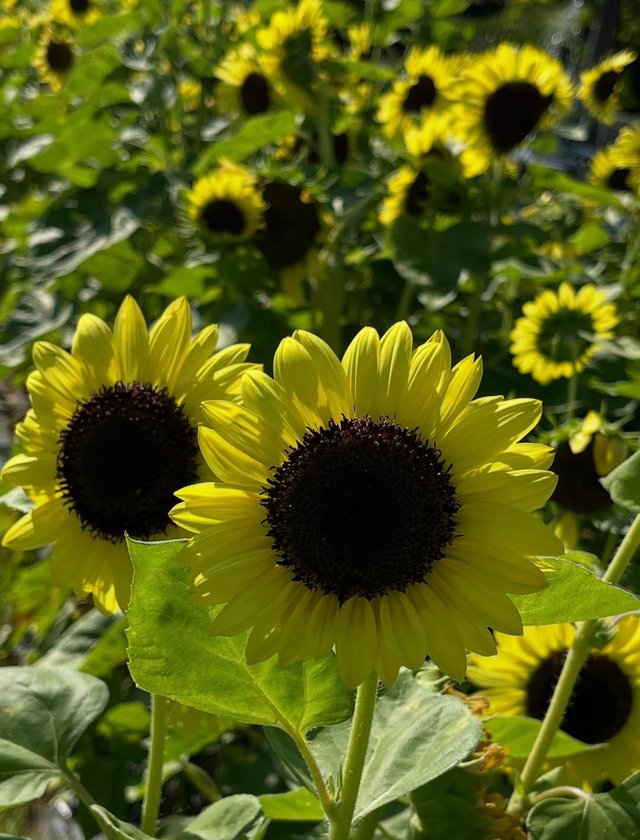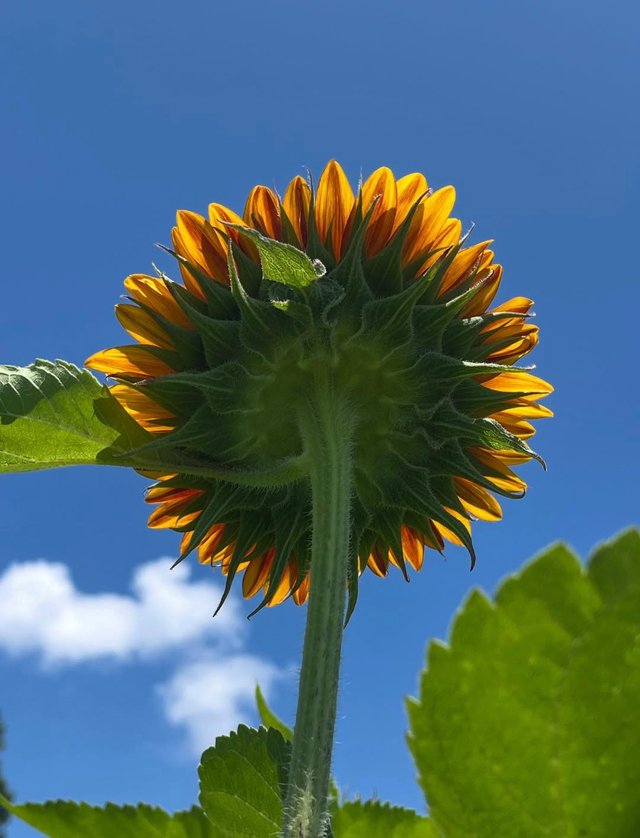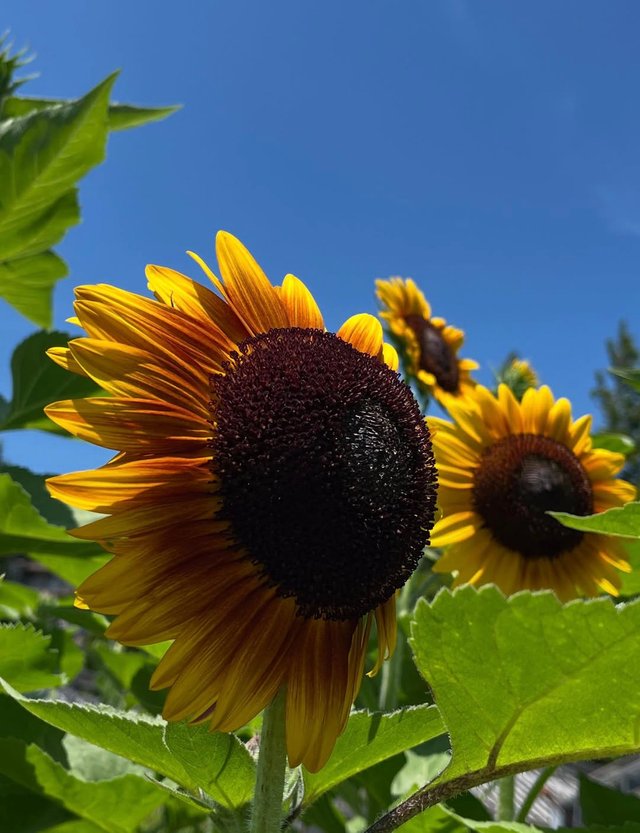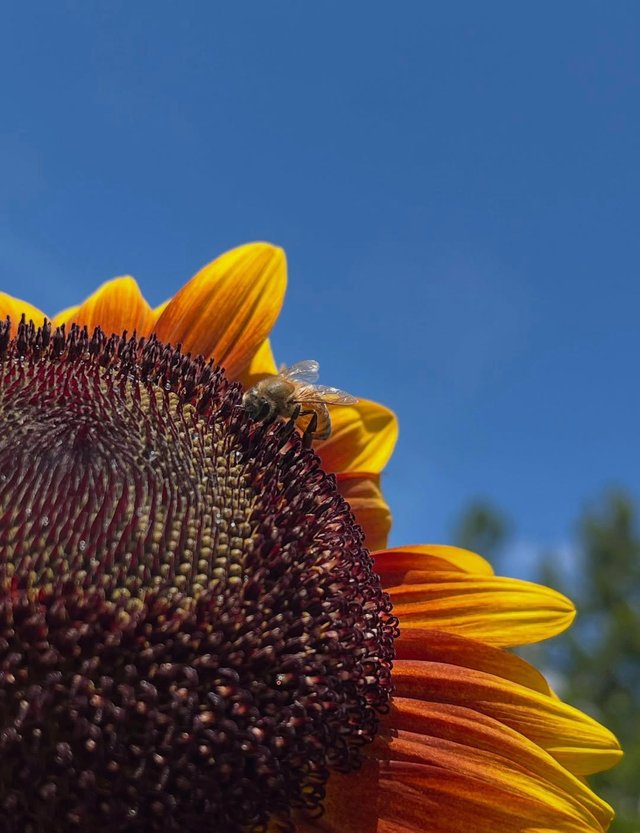Common Sunflower
When you think of summer fields basking in golden light, few images are as iconic as the sight of towering sunflowers turning their faces toward the sun. Among these cheerful giants, the Common Sunflower stands tall — both literally and symbolically — as a beacon of beauty, utility, and ecological significance.The word Helianthus is derived from the Greek words helios (sun) and anthos perfectly capturing the plant's radiant disposition and sun-following behavior — a phenomenon known as heliotropism.
Sunflowers are pollinator magnets. Bees, butterflies, and even birds are drawn to their nectar and seeds. They play a key role in supporting biodiversity and ensuring the health of local ecosystems.They also have a fascinating trait known as phytoremediation — the ability to absorb toxins, such as heavy metals, from the soil. In fact, sunflowers were planted near Chernobyl and Fukushima to help reduce radioactive contamination.
The sunflower genome was sequenced in 2017, revealing complex genetics that help it adapt to a wide range of environments. This has huge implications for crop improvement, such as increasing drought tolerance or boosting oil yield — important in a world facing climate change.Sunflowers are more than just agricultural crops; they are cultural icons. Vincent van Gogh’s famous “Sunflowers” series immortalized the flower as a symbol of creative energy. In modern times, sunflowers have been used in protests, peace movements, and environmental campaigns — a symbol of hope, resilience, and the human spirit.




